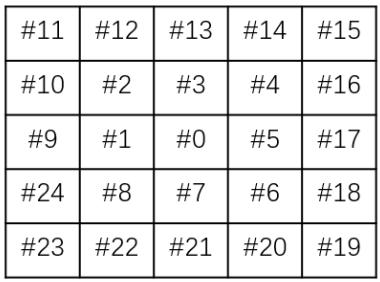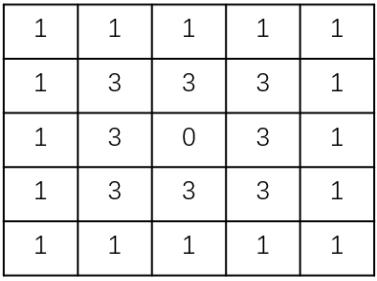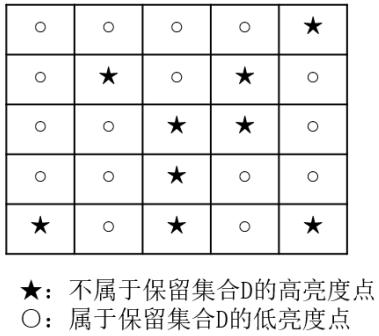Noise reduction method after histogram equalization of low-illumination image
An image histogram and low-illumination technology, applied in image enhancement, image data processing, instruments, etc., can solve problems such as cross-border, image blur, poor effect, etc., to improve the effect of noise reduction and reduce the risk of instability Effect
- Summary
- Abstract
- Description
- Claims
- Application Information
AI Technical Summary
Problems solved by technology
Method used
Image
Examples
Embodiment Construction
[0030] The present invention will be further explained below in conjunction with the accompanying drawings.
[0031] The standard histogram equalization method includes the following steps:
[0032] 1. Traverse the entire image and count the number of pixels corresponding to each gray value;
[0033] 2. Calculate the probability of the number of pixels in each gray value PMF=corresponding number of pixels / total pixels;
[0034] 3. According to the gray value from small to large, calculate the cumulative probability CDF of each gray value = less than or equal to the sum of the probability of this gray value;
[0035] 4. Calculate the new gray value of each gray value after mapping = cumulative probability * maximum brightness * original gray value, and then round up.
[0036] Such as figure 1 Shown is the pixel brightness distribution of a typical low-light image at night, such as figure 2 It shows the brightness distribution of pixels after standard histogram equalization...
PUM
 Login to View More
Login to View More Abstract
Description
Claims
Application Information
 Login to View More
Login to View More - R&D
- Intellectual Property
- Life Sciences
- Materials
- Tech Scout
- Unparalleled Data Quality
- Higher Quality Content
- 60% Fewer Hallucinations
Browse by: Latest US Patents, China's latest patents, Technical Efficacy Thesaurus, Application Domain, Technology Topic, Popular Technical Reports.
© 2025 PatSnap. All rights reserved.Legal|Privacy policy|Modern Slavery Act Transparency Statement|Sitemap|About US| Contact US: help@patsnap.com



